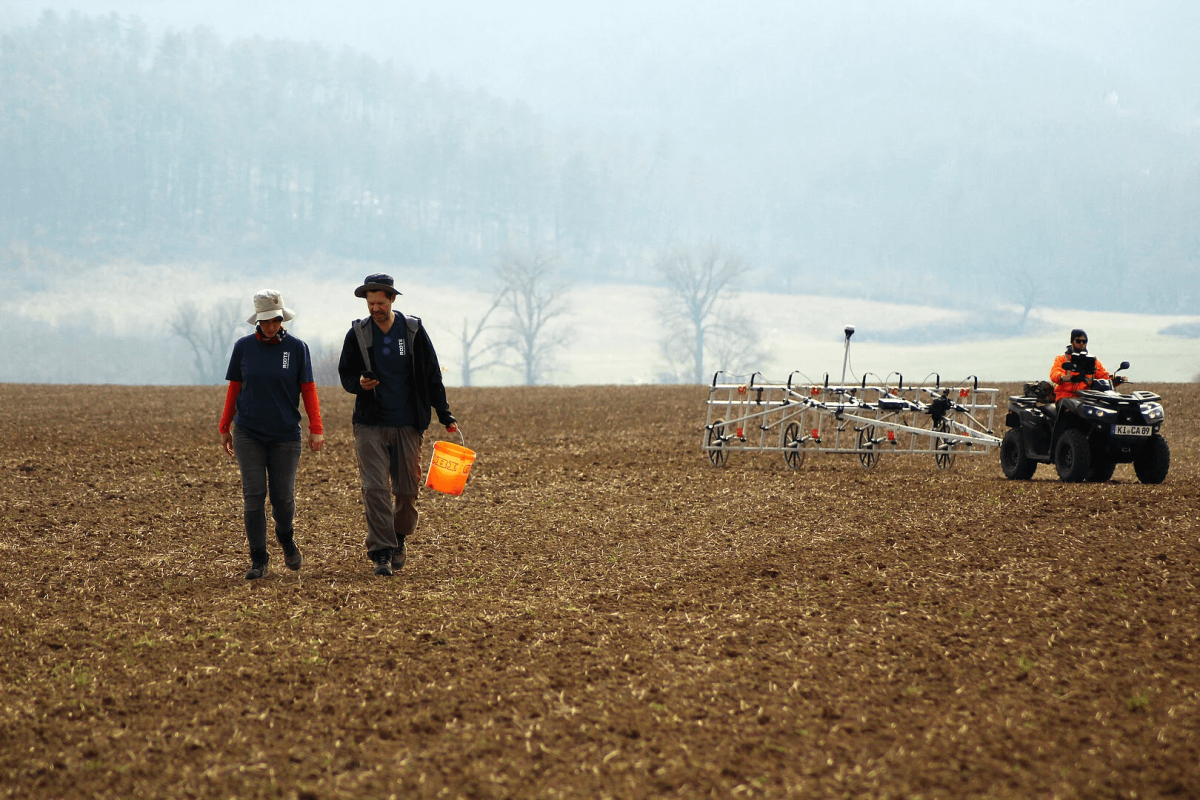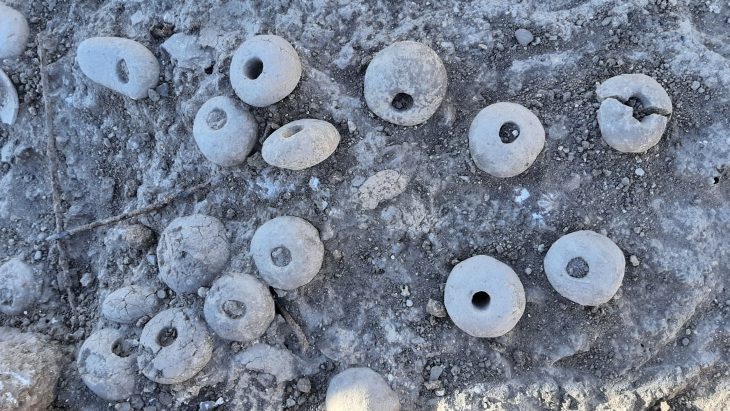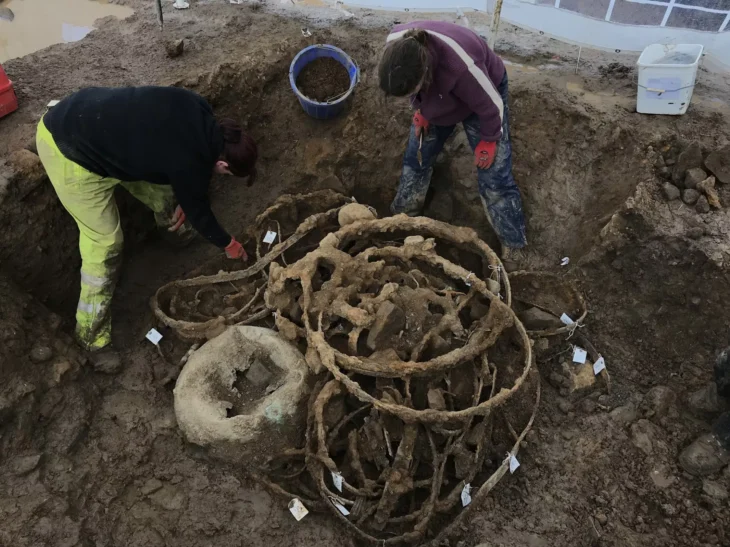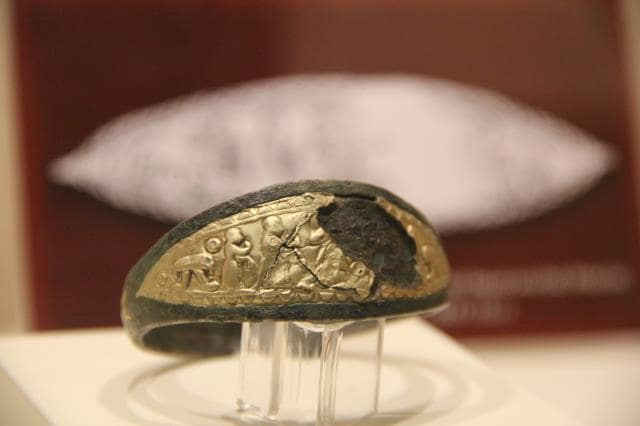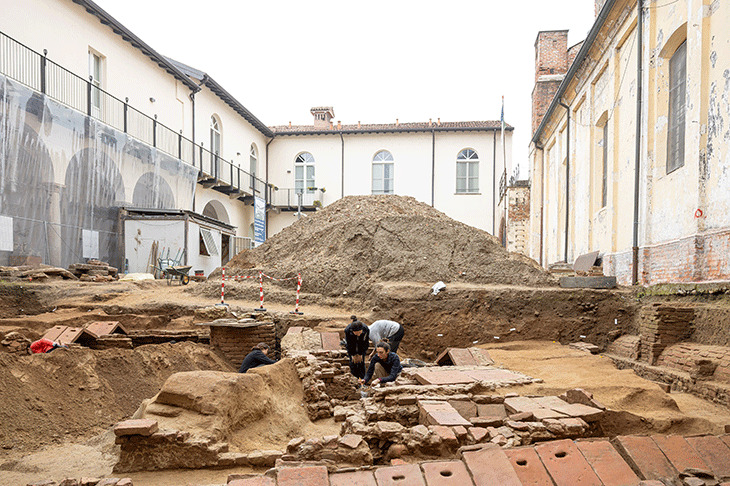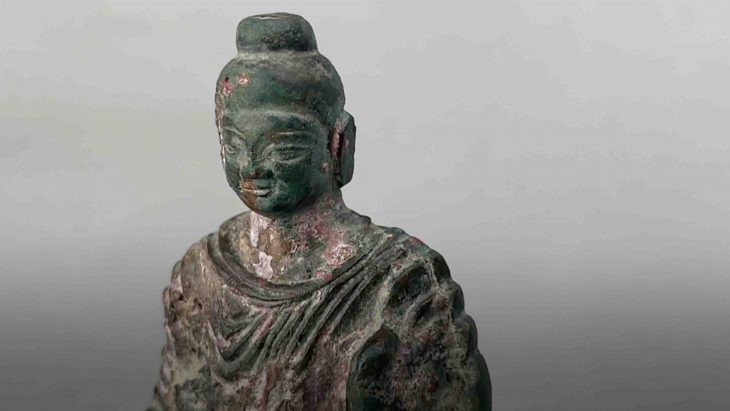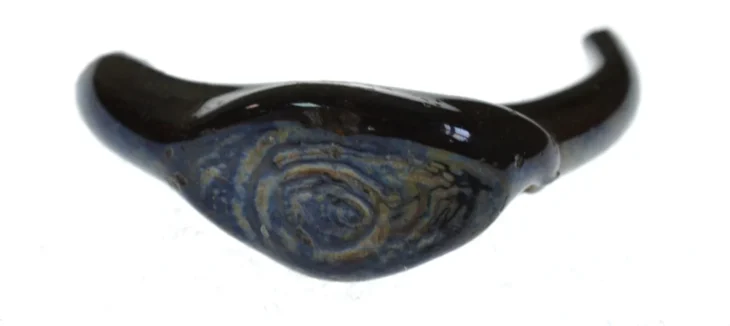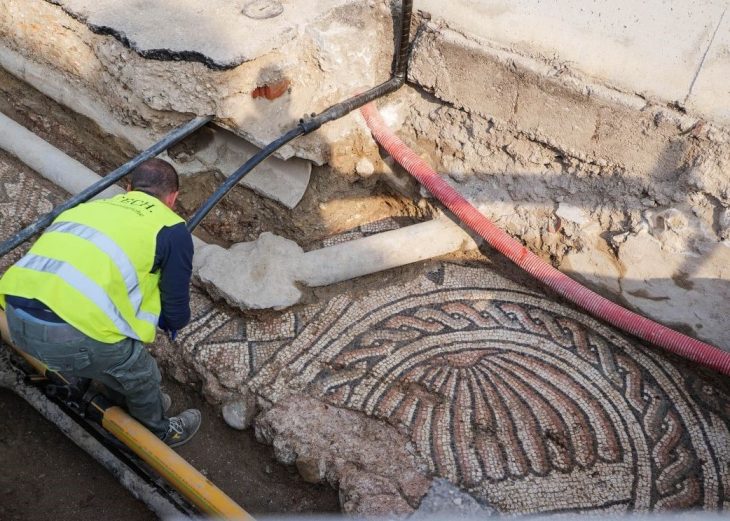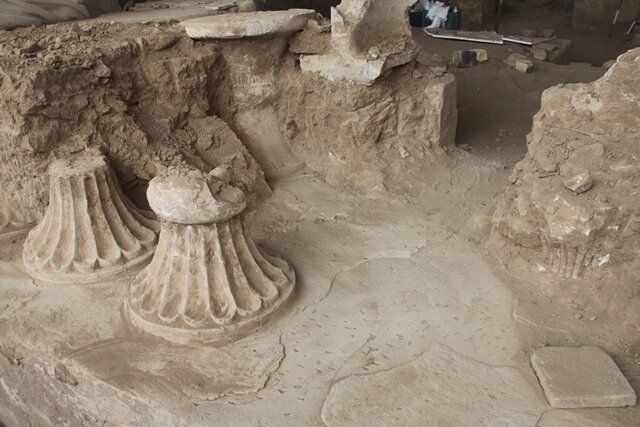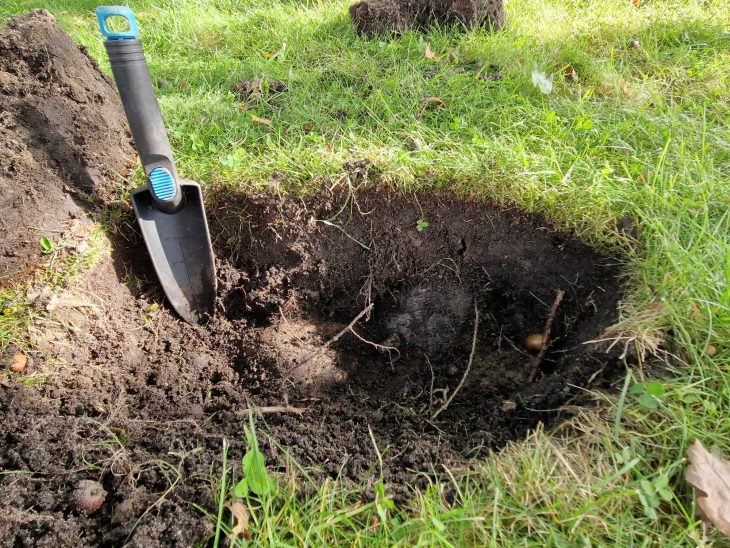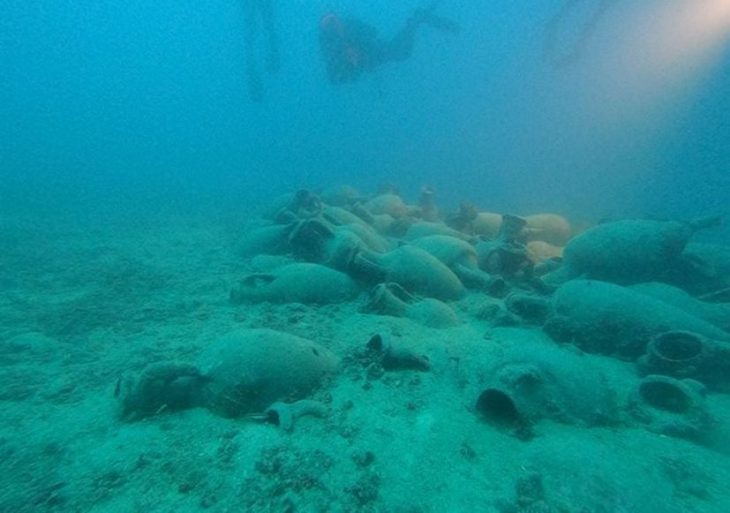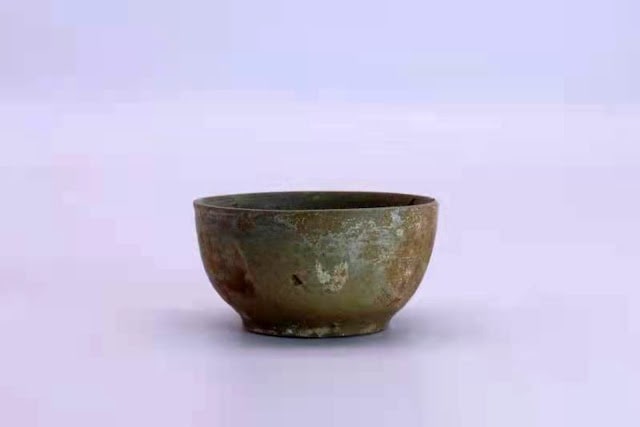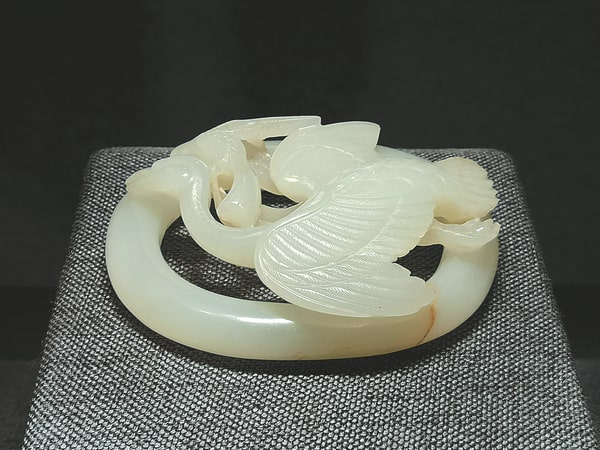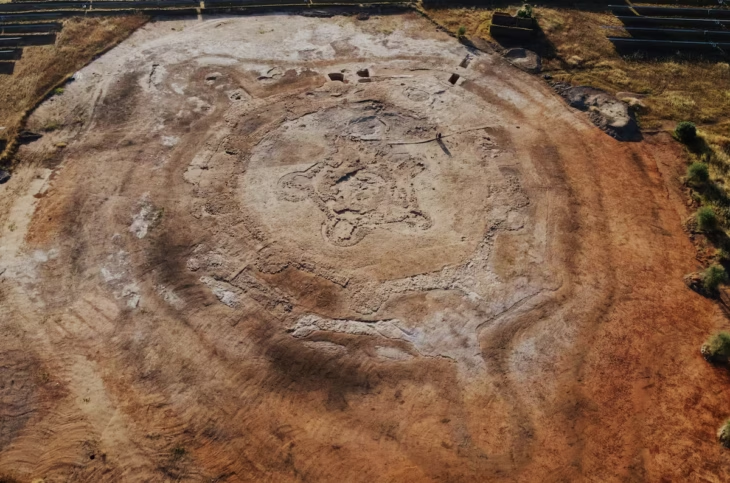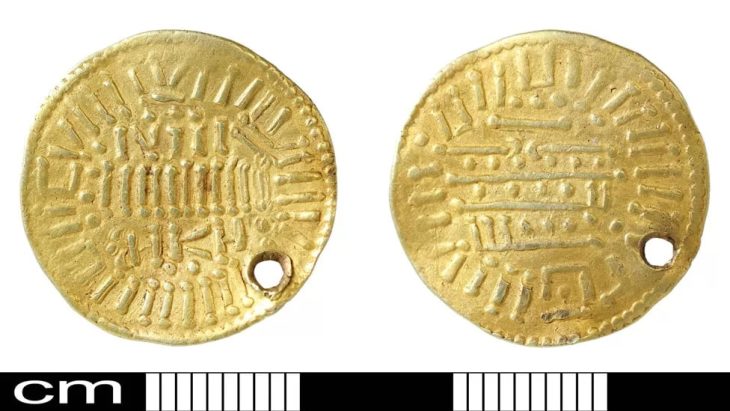Researchers have discovered a previously unknown Late Neolithic settlement near the Tamiš River in Northeast Serbia.
The discovery was made by a team from the ROOTS Cluster of Excellence, in collaborative partnership with the Vojvodina Museum in Novi Sad (Serbia), the Zrenjanin National Museum, and the Pančevo National Museum.
The newly discovered settlement is located near the modern village of Jarkovac in the province of Vojvodina. With the help of geophysical methods, the team was able to fully map its extent in March of this year. It covers an area of eleven to 13 hectares and is surrounded by four to six ditches.
“This discovery is of outstanding importance, as hardly any larger Late Neolithic settlements are known in the Serbian Banat region,” says team leader Professor Dr Martin Furholt from the Institute of Prehistoric and Protohistoric Archaeology at Kiel University.
Parallel to the geophysical investigations, the German-Serbian research team also systematically surveyed the surfaces of the surrounding area for artifacts. This surface material indicates that the settlement represents a residential site of the Vinča culture, which is dated to between 5400 and 4400 BCE.
However, there are also strong influences from the regional Banat culture. “A settlement of this size is spectacular. The geophysical data also gives us a clear idea of the structure of the site 7000 years ago. This is also remarkable, as only a few settlements with material from the Banat culture are known from what is now Serbia,” says ROOTS doctoral student and co-team leader Fynn Wilkes.
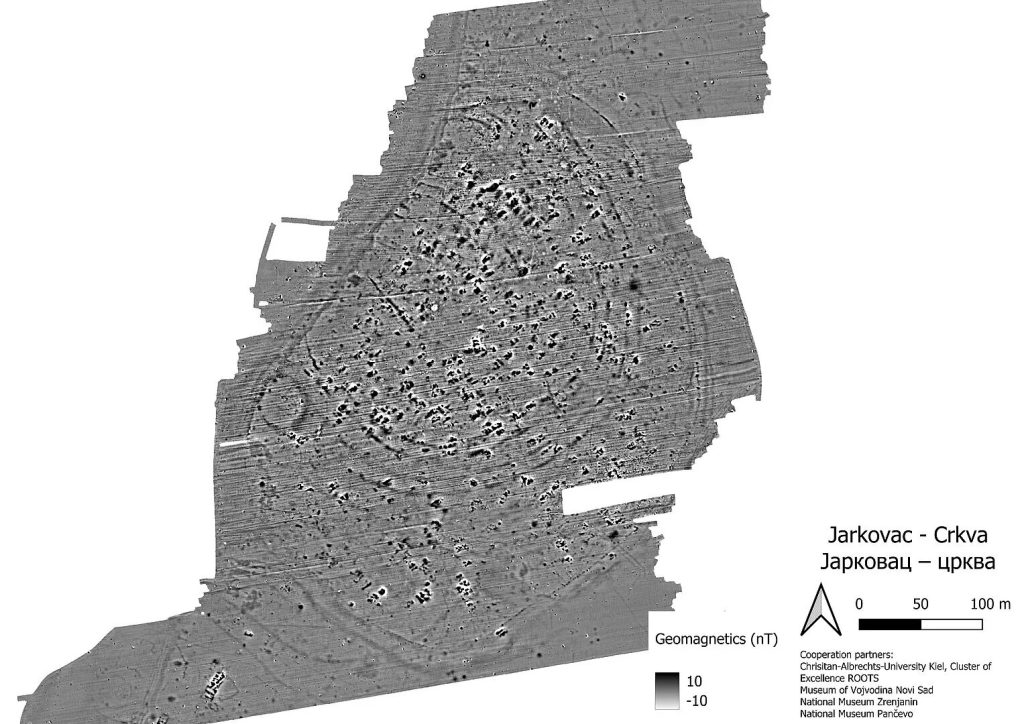
Investigation of circular enclosures in Hungary
During the same two-week research campaign, the team from the Cluster of Excellence also investigated several Late Neolithic circular features in Hungary together with partners from the Janus Pannonius Museum in Pécs. These so-called “rondels” are attributed to the Lengyel culture (5000/4900-4500/4400 BCE). The researchers also used both geophysical technologies and systematic walking surveys of the surrounding area.
Thanks to the combination of both methods, the researchers were able to differentiate the eras represented at the individual sites more clearly than before. “This enabled us to re-evaluate some of the already known sites in Hungary. For example, sites that were previously categorised as Late Neolithic circular ditches turned out to be much younger structures,” explains co-team leader Kata Furholt from the Institute of Prehistoric and Protohistoric Archaeology at Kiel University.
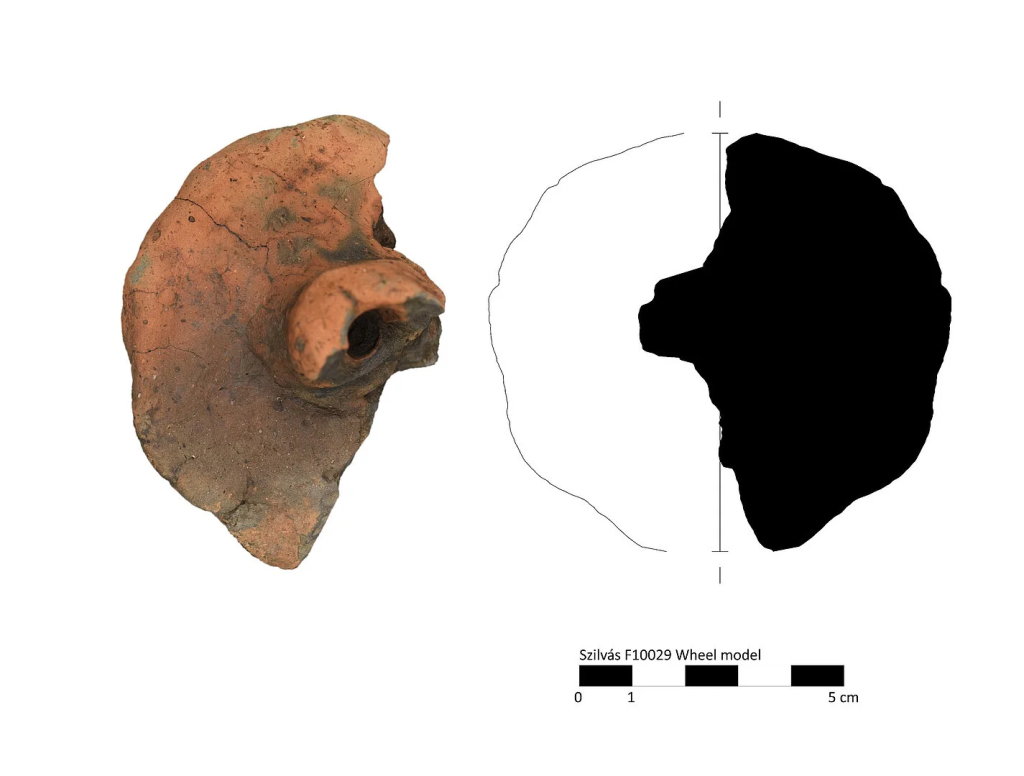
New insights into the distribution of wealth and knowledge in the Neolithic period
The highlights of the short but intensive fieldwork in Hungary included the re-evaluation of a settlement previously dated to the Late Neolithic period, which is very likely to belong to the Late Copper Age and Early Bronze Age Vučedol culture (3000/2900-2500/2400 BCE), as well as the complete documentation of a Late Neolithic circular ditch in the village of Vokány.
“Southeast Europe is a very important region in order to answer the question how knowledge and technologies spread in early periods of human history and how this was related to social inequalities. This is where new technologies and knowledge, such as metalworking, first appeared in Europe. With the newly discovered and reclassified sites, we are collecting important data for a better understanding of social inequality and knowledge transfer,” summarises Professor Martin Furholt.
The results are being incorporated into the interdisciplinary project “Inequality of Wealth and Knowledge” of the Cluster of Excellence ROOTS, which is focussing on these issues. The analyses are still ongoing.
Cover Photo: © Fynn Wilkes

